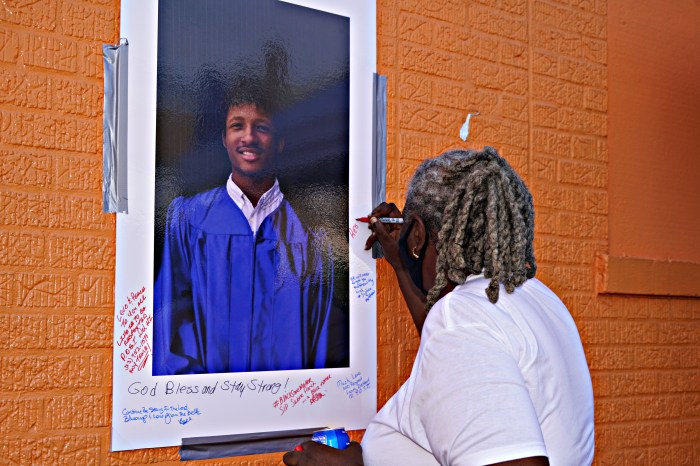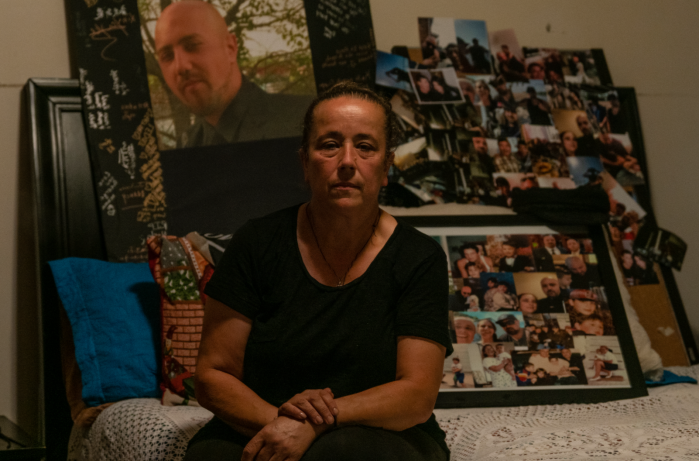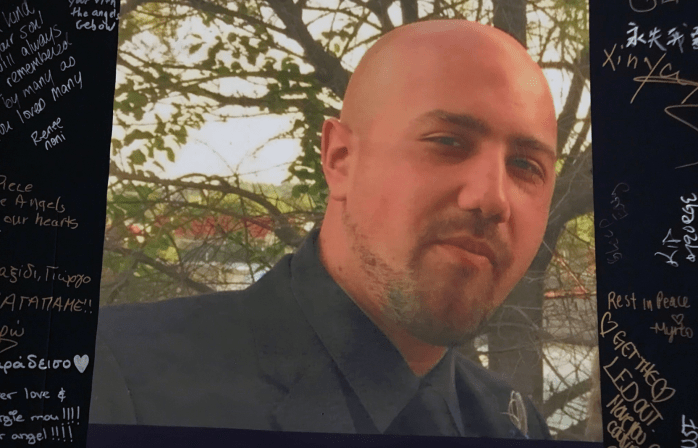NYPD officers from the 109th Precinct in Flushing have been cleared in the death of George Zapantis, at his Whitestone home in 2020, New York Attorney General Letitia James announced Friday, Feb. 4.
James said that her Office of Special Investigation (OSI) had completed its “exhaustive investigation” into the death of Zapantis and concluded that the evidence does not indicate any NYPD officer involved in the incident committed any crimes. OSI’s review of the incident included footage from police body-worn cameras, civilian cellphone video footage, interviews with witnesses and other forms of evidence.
According to the investigation, on the evening of June 21, 2020, members of the NYPD responded to a 911 call regarding a man with a gun inside a private residence in Whitestone. Neighbors told the officers there was a confrontation with 29-year-old George Zapantis, but said there was no gun involved. Officers spoke with Zapantis at length through the door to his home. They could see through the windows of his home that he was dressed in gladiator attire, including a helmet, shield and sword.
Officers called for the emergency services unit and continued talking to Zapantis to de-escalate the situation. Zapantis became agitated and broke through the door of his home and physically engaged the officers. The officers attempted to restrain Zapantis with handcuffs, and during a minutes-long struggle, used tasers three times, according to the OSI report. Zapantis became unresponsive after the final taser use.
Emergency medical services, who had been standing by, attempted lifesaving measures and transported Zapantis to NewYork-Presbyterian Hospital, where he was pronounced dead about 50 minutes later.
The medical examiner concluded the cause of death was cardiac arrest due to dilated cardiomyopathy during physical restraint by police, including conducted electrical weapon use.
Under New York’s justification law, one may use physical force to defend oneself against physical force used by another. In a criminal case, if a person raises the defense of justification, the prosecutor must disprove justification and beyond a reasonable doubt.
OSI analyzed this case in light of the law of justification and concluded that a prosecutor would not be able to disprove beyond a reasonable doubt that the officers’ conduct was justified: the evidence indicates the officers used reasonable physical force in response to the physical force used by Zapantis. As a result of the facts and circumstances of this case, OSI will not seek charges in this matter, the report concluded.
“Our office is committed to examining each and every case thoroughly, fairly and transparently,” James said. “Based on an extensive review of the facts in this case, OSI determined that the officers involved took appropriate measures first to de-escalate the situation, and ultimately were legally justified in their actions. Despite that conclusion, the Zapantis family is still coping with the tragic loss of a loved one, and I extend my deepest condolences to his entire family.”



































